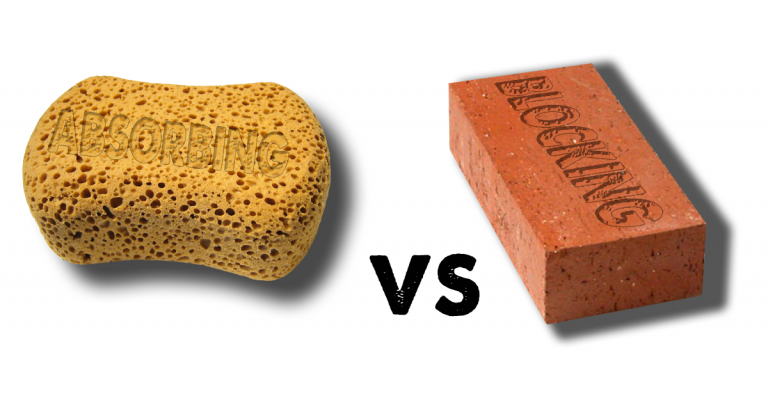When sound transfers from one space to another, what’s the most effective treatment? Does fiberglass insulation stop sound? Advice from professional acoustical consultants on the dos and don’t of sound absorption versus noise isolation.
When there is a concern about sound traveling from one space to another, we often get the question – “Can’t we just add some acoustical panels to the wall?” It’s important to understand that porous absorbers do not block sound. A porous sound absorber, by definition, has many tiny interconnected voids that sound travels through. Fiberglass and open-cell foam are examples. The sound wave loses its energy through friction between the air particles and the fibers/void walls of the material it is passing through.
If a sound wave can pass into a material, it can also pass through a material, and therefore cannot effectively block sound. Heavy massive materials, in a relative sense, are used for blocking sound, such as gypsum board and concrete block in the building industry.
Sound absorbers are used to reduce sound within a space. They can reduce the reverberation time, echoes, or prevent the focusing of sound that is reflected from curved surfaces. So why does batt insulation inside a gypsum board partition improve its sound blocking capabilities? Because sound that gets through the first layer of gypsum board can be reduced further by absorbing some of its energy before it is able to get through the second layer of gypsum board. The batt insulation is still acting as a sound absorber, not a sound blocker. The most egregious violation of this principle that I see in the field is the use of fiberglass batt in an attempt to block low frequency sound coming from a roof top air handling unit through ceiling tiles to the space below. We are often called to a job site after this has been done and the project personnel have discovered that fiberglass batt insulation is not effective in absorbing (much less blocking) this frequency range.
It is common that fiberglass is laid around the perimeter of private offices in an attempt to block sound from one office to another. While there is some benefit from this (about 3-5 dB of reduction), the fiberglass is working to absorb sound in the plenum, but it doesn’t block it. Depending on the application, you can “block” enough sound from office to office by stacking a 4-foot width of fiberglass from the top of the wall to the underside of the deck or inserting foil faced mineral wool or quilted barrier material vertically above the wall. Another option is to install a ceiling tile with a high Ceiling Attenuation Class (CAC). Wouldn’t it have been easier just to carry that sound blocking gypsum board to the ceiling instead?

So what type of material would you recommend for sound reduction in a home. I’m trying to deaden the sounds of kids fighting, mom yelling, etc… while sleeping during the day to work at night
Oh – a very common concern in residential acoustics!
I used to work nights, and found that some basic earplugs did the trick for me. Beyond that, there’s always something that can be done in a room to help absorb or block sound.